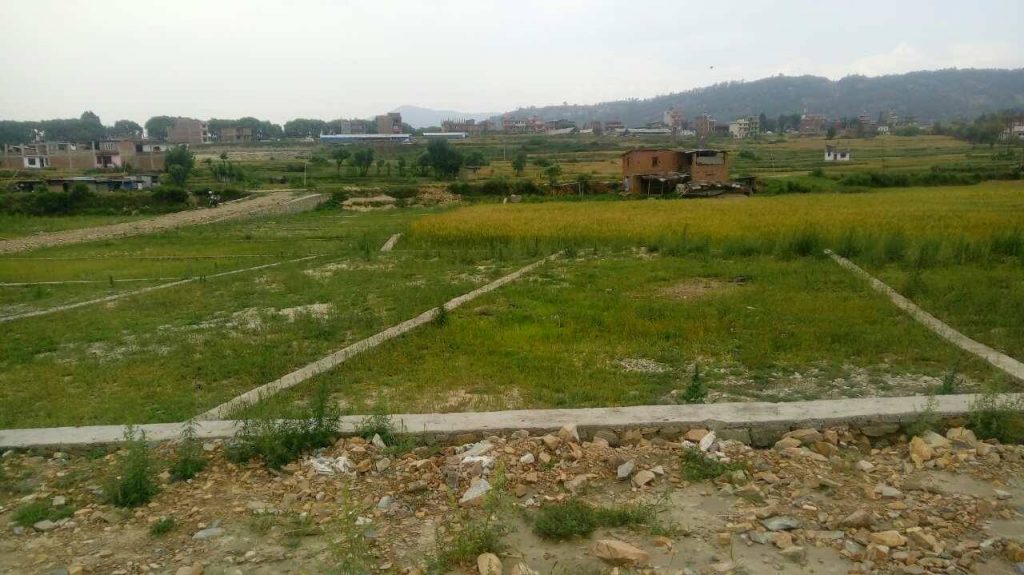KATHMANDU: In all of the nation, land fragmentation was previously prohibited by the government; however, this restriction has now been lifted in light of the possibility that this action will help to improve the slowing financial sector.
The Council of Ministers voted on Tuesday to remove the clause limiting the sale and purchase of land parcels to those that have been classified.
The Department of Land Management asked land revenue offices across the country not to fragment any piece of land without first classifying it and not to allow keeping those lands as collateral for loans until the classification has been done when it introduced the Land Use Regulations 2022 last year.
According to their characteristics and geographical settings, the new law has divided land into ten categories. Among other categories of land, there are those for agriculture, habitation, commerce, industry, mining, forestry, and public use.
After the government made its decision, banks and other financial institutions (BFIs) began putting restrictions on the sale of land plots that had been used as securities.
The updated rules maintain that land plots can only be used as securities if they fall under the agricultural or non-agricultural classifications.
The government policy is thought to have contributed to the decline of real estate transactions, which has angered the private sector. The private sector claimed that the government’s ability to collect taxes was negatively impacted by this because it stopped people and businesses from raising money.
Prime Minister Pushpa Kamal Dahal last week said his administration will help promote real estate transactions due to growing pressure from the private sector.
The government has come to the conclusion that a vibrant real estate market is necessary to address the banks’ liquidity issues. Therefore, the government will quickly come to a decision on the matter, Dahal said during a meeting with bankers. .
The regulation called for the local government to finish classifying the land within the first six months of the rule’s implementation. This indicates that by December 2022, the classification process had to be completed. However, as of right now, only 161 local organizations have finished the task.

